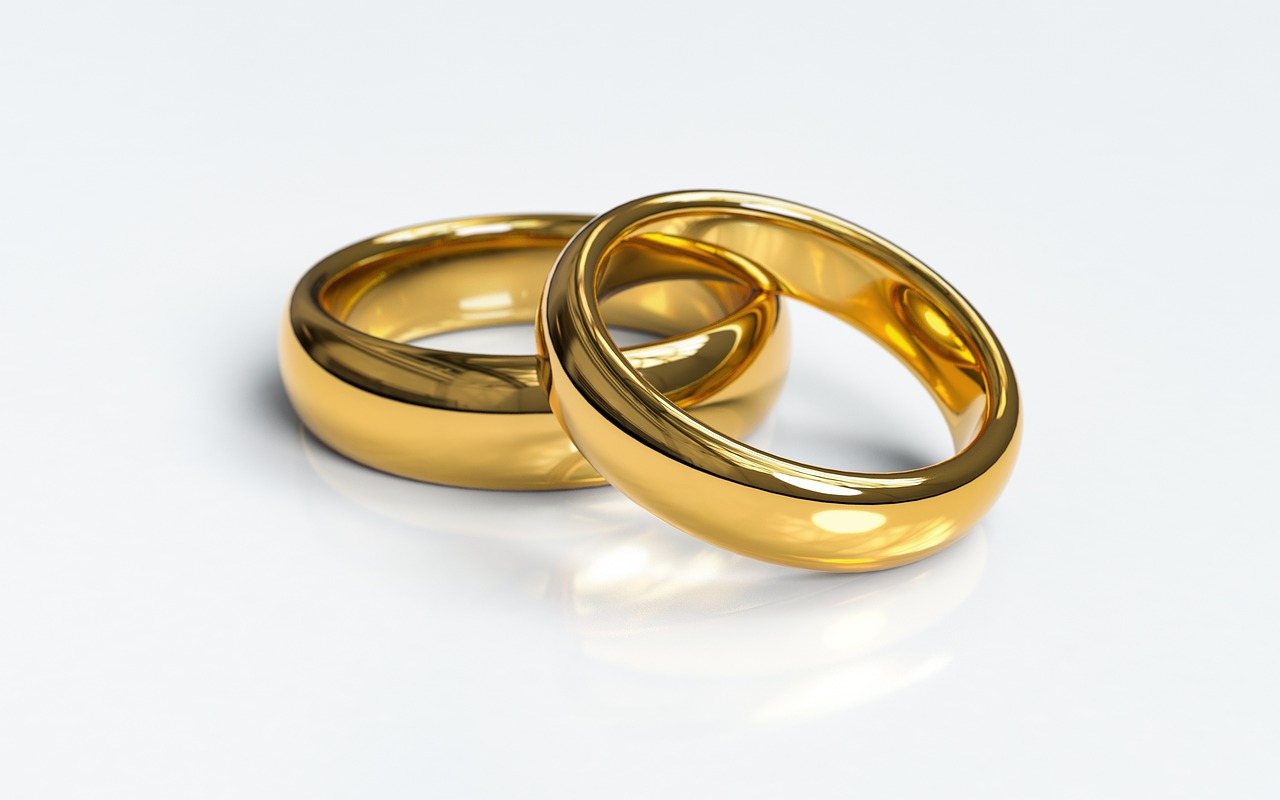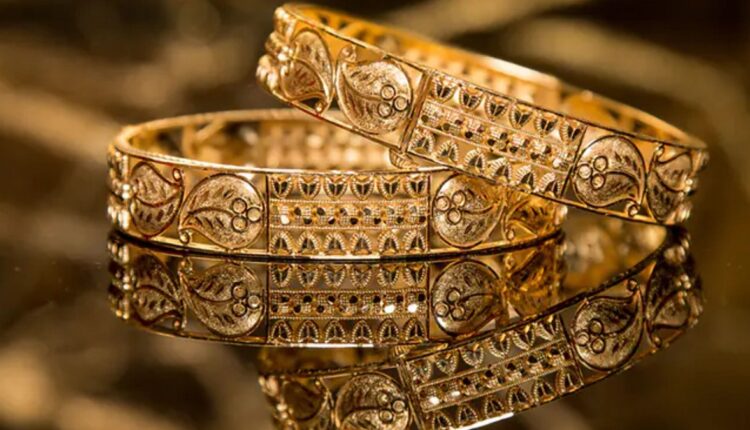Table of Contents
Jewellery made from real gold is always desirable, but how can you tell if a piece is actually made from real gold rather than a cheaper metal? You can do a few simple tests at home to identify real gold jewellery. With some careful examination and testing, you’ll be able to spot the difference between real gold and imposters.

Look At The Stamp Markings
One of the easiest ways to identify real gold jewellery is to look for stamp markings on the piece. Authentic pieces will be stamped or engraved with markings indicating the type of gold, such as 10K, 14K, 18K, 22K, or 24K. The higher the karat number, the higher the purity of the gold. 14k gold rings, for example, are made from 58.3% pure gold mixed with other metals.
So, inspect the inner band of rings, the clasp of necklaces, or any other inconspicuous area of the jewellery for these markings. Be wary of items stamped “GP” or “Gold Plated” as it means the item is only plated with a thin layer of gold over a cheaper base metal. A quality stamp from an assay office may also be engraved on the jewellery to prove its authenticity.
Check The Color
The colour of the gold can be a telling sign as to whether the jewellery is real or not. Yellow gold jewellery comes in different shades depending on its karat amount. Lower karat gold, like 10K gold, will appear more pale and silverish-yellow. Higher karat gold, like 24K, will show a warm, buttery yellow tone. 14k gold rings and other 14K jewellery will have a rich yellow colour without appearing overly orange.
White gold has a silver-white colouring, while rose gold has a distinctive pinkish hue. Real gold should not be discoloured or show tarnishing on the surface. If the hue seems off or inconsistent across the piece, it may be made from gold-plated metal.
Do A Magnet Test
Gold is not magnetic, but many cheaper imitation metals are. So, a simple magnet test can help weed out imposters.
Take a standard refrigerator magnet and see if it is attracted to the gold jewellery. If your magnet sticks, it means the piece is made with a magnetic metal like steel or nickel rather than real gold. This is an easy experiment to try at home.
However, this test isn’t foolproof. Some real gold jewellery may have magnetic clasps or other decorations that could accidentally lead to a false negative. So, consider using this tip along with the other methods to get a complete picture.
Try The Acid Test
A more reliable way to ascertain real gold from home is by doing an acid test on the jewellery. For this, you will need a gold-testing acid solution specifically designed for this purpose.
Start by cleaning the gold jewellery so you have a smooth, dirt-free surface to test. Then, apply a small amount of acid (usually 10K or 14K strength for jewellery) onto an inconspicuous area of the gold using a cotton swab or testing stone. Do not get the acid on your fingers.
If the piece is real gold, the metal will stand up to the acid and only a faint mark will show where the acid was applied. But if the metal is fake, the acid will begin dissolving it right away, showing deteriorating and pitting. This verifies it is not solid gold.
Take It To A Professional Appraiser
If you are still unsure about your gold jewellery after home testing, consider taking the piece to a professional appraiser. Reputable jewellers and pawn shops should have certified appraisers on staff who can accurately examine jewellery.
The appraiser will evaluate the gold for authenticity and can perform advanced acid testing, X-ray fluorescence tests, density measurement, and other expert analyses. This will determine if the metal composition and construction match real gold. They will also detect any signs of counterfeiting.
Getting a professional jewellery appraisal gives you an authoritative answer on whether your gold is real. This service may cost a small fee but brings peace of mind to the authenticity and value of your precious jewellery.
Weigh The Piece
A final tip for assessing real gold at home is to weigh the jewellery on a digital scale. The density of gold is considerably higher than cheaper metals like steel, copper, or nickel. In fact, gold is about 2.5 times heavier than an equal volume of lead!
So, examine the size of the jewellery versus the weight shown on the scale. Real gold will feel substantially heavier and denser than an imposter metal of the exact dimensions. Solid gold rings, for example, are quite hefty compared to their size.
Keep in mind that hollow gold jewellery filled with light filler material can alter the expected weight somewhat. Focus on pieces constructed primarily from solid gold metal for the most accurate results.


